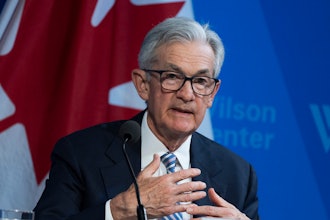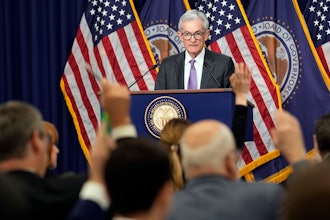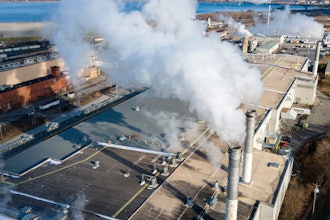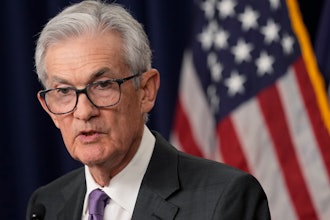WASHINGTON (AP) — U.S. wholesale prices fell in December by the largest amount in more than three years, reflecting the biggest monthly decline in the cost of gasoline in six years.
The Labor Department said Thursday that its producer price index declined 0.3 percent last month, the biggest decline since a similar drop in October 2011. In November, wholesale prices dipped 0.2 percent.
Over the past year, prices at the wholesale level have risen 1.1 percent, putting the 2014 rise in wholesale prices slightly below the 1.2 percent increase seen in 2013.
Gas prices plunged 14.5 percent in December, the biggest decline since December 2008. Falling energy prices have pushed already low inflation even lower.
Excluding food and energy, wholesale prices rose 0.3 percent last month and were up 2.1 percent for all of 2014. Private economists, however, said that the 0.3 percent jump in core prices was skewed by a rise in profit margins at gas stations, a figure that was distorted by the big drop in gas prices.
Ian Shepherdson, chief economist at Pantheon Macroeconomics, said core prices would have risen a more modest 0.1 percent without the jump in profit margins.
The Labor Department's producer price index measures the cost of goods and services before they reach the consumer. American consumers have been seeing a significant drop in the price they pay for gas at the pump, which has helped to depress consumer prices.
The 14.5 percent plunge in gas prices in December followed declines of 6.3 percent in November and 5.8 percent in October. The string of decreases has continued in January. The AAA reports the nationwide average for gas has fallen to $2.10, down from $2.56 a month ago.
The expectation is that consumer prices in December will show a drop of 0.2 percent. That report will be issued Friday.
In December, wholesale prices for food dropped 0.4 percent with the price of meat, vegetables and cheese all down. However, the price of eggs surged 35.9 percent, the biggest increase since May 2013.
Excluding the volatile food and energy categories, the 0.3 percent rise in core producer prices reflected in part a 0.6 percent increase in motor vehicle prices.
Various inflation measurements show prices rising below the Fed's 2 percent target for inflation. That has given the central bank the leeway to keep a key interest rate at a record low near zero for the past six years in an effort to boost economic growth and lower unemployment.
The Fed in December expressed the belief that it could be "patient" about raising interest rates, reinforcing the view that the Fed's first rate hike is not likely to occur before June.
The Fed on Wednesday issued its latest survey of business conditions around the country and described growth in December and early January as "moderate." The new report took a somewhat more subdued tone about economic conditions than the previous report, underscoring the assessment that the Fed is in no rush to begin raising interest rates.






















